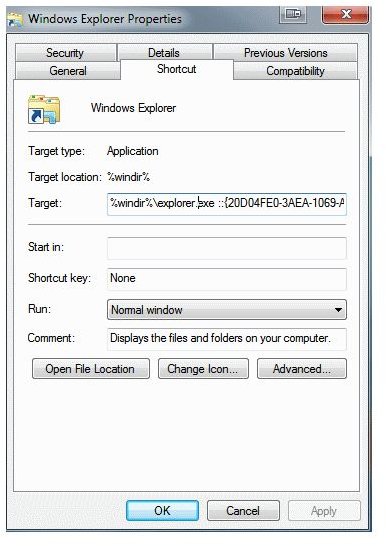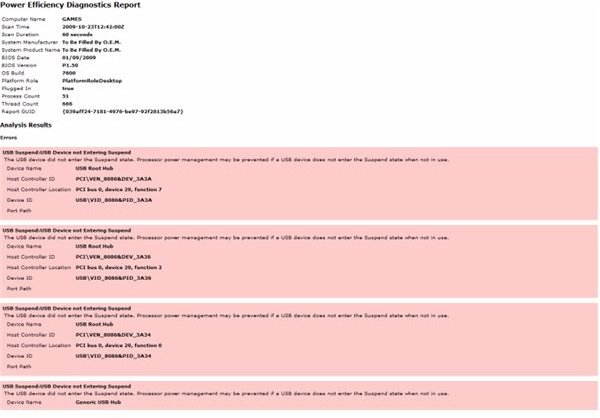Windows 7 Tips and Tricks
Getting the Most out of Windows 7
It hasn’t been out long, but there are already a multitude of tweaks and tricks around for Windows 7. Here are just a few of them.
If you’re using Windows 7 on a laptop you can get a detailed report on its power efficiency by using the command powercfg –energy in a command prompt. It will produce an HTML report on the system with suggestions on how to improve power consumption. This is ideal if you use the battery a lot. You can then create a profile that includes most, if not all, of the suggestions for those times when battery power is low.
The UAC or User Account Control was one of the most vaunted, but disliked additions to Windows Vista. It was great in theory, only ceding control of the core files to programs once you have approved them. In practice, most of us found it annoying and turned it off. To do this go to Control Panel, User Accounts, Change User Account Control and select the option on the slider. You can either lower the threshold or turn it off completely, it’s entirely up to you.
Now Sleep mode works properly in Windows 7 – you can modify the Shut Down button to send the computer to sleep instead. Open the Start menu, right click the Shut down button, select Properties, then select one of the options from the drop down menu. I have mine set to sleep.
If you use, move or copy multiple files like I do, then adding check boxes to them speeds things up no end. To add the check box option, open Explorer, then look top left at Organize, then Folder and search options, View, Advanced settings. Click “Use check boxes to select items” then click OK. Once confirmed, when you hover over a file in Explorer a little check box will appear in the top left. Check multiple files to select them all.
Fed up with Explorer defaulting to the Libraries section every time you open it? Change it by right clicking the Explorer folder, then right clicking on the Windows Explorer option and select Properties. Change the target from %SystemRoot% \explorer.exe to %windir%\explorer.exe ::{20D04FE0-3AEA-1069-A2D8-08002B30309D}. This will make the Explorer window default to the Computer section instead. If you want to default somewhere else, here are some options.
My Documents**: %windir%\explorer.exe ::{450D8FBA-AD25-11D0-98A8-0800361B1103}**
Network: %windir%\explorer.exe ::{208D2C60-3AEA-1069-A2D7-08002B30309D}
Libraries: %SystemRoot%\explorer.exe

How about launching taskbar applications without using a mouse? A not so useful tip, but maybe one for those who prefer the console to the mouse. Simple press the Windows key and the number that corresponds to the icon in the Task Bar. For example, Windows key +1 for Internet Explorer, or Windows key +2 for Explorer.
Turn Hibernate off. Hibernate is another great idea, but it isn’t supported by all hardware. If your motherboard doesn’t support it, or if you use sleep instead, turning off Hibernate will save RAM and disk space.
Open a command line and type powercfg /hibernate off. You will need admin access to make the changes, but they will be permanent once done. To activate it again type powercfg /hibernate on.
There are hundreds of other tweaks and tips for Windows 7, I have merely highlighted the most useful. If you have any to add, use the comments box below.
